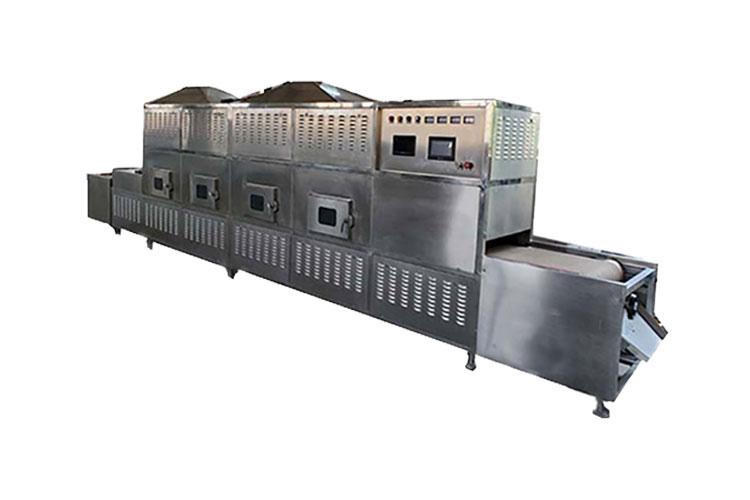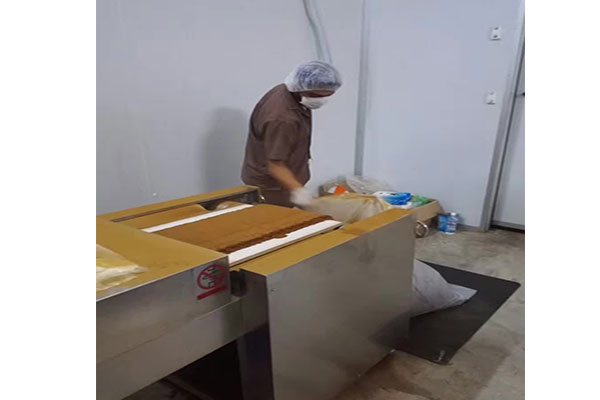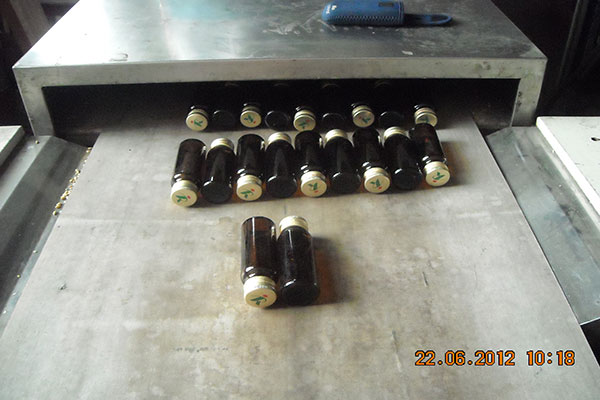Microwave sterilization machine
——Efficient and widely used sterilization machine

The principle of microwave sterilization is the result of the combined effect of the thermal effect of the electromagnetic field and the biological effect. The thermal effect of microwave on bacteria is to change the protein, so that the bacteria lose their nutrition, reproduction and survival conditions and die. The biological effect of microwave on bacteria is that the microwave electric field changes the potential distribution of the cell membrane, which affects the concentration of electrons and ions around the cell membrane, thereby changing the permeability of the cell membrane. Therefore, the bacteria are malnourished, unable to metabolize normally, cell structure and function disorder, and growth and development are inhibited.
What are the main features of microwave sterilization?



1. Wide range of applications. Because of the strong penetration of microwaves, many products can be sterilized by microwaves, whether in bulk or after packaging. Liquid, solid, powder are available.
2. The sterilization time is short. In general, the sterilization temperature of the conventional method is 120°C-130°C for about 1 hour, while the microwave sterilization temperature is only 70°C-105°C and the time is about 90-180 seconds.
3. Energy saving, because the microwave directly acts on the product, there is no additional heat loss, and usually saves more than 20% of the energy compared to other methods.
4. Due to the penetrating effect of microwaves, during the sterilization process, both the surface and the interior are simultaneously affected by microwaves, so the sterilization is uniform and thorough.

5. Easy to control, microwave sterilization equipment can be used immediately, unlike conventional thermal sterilization, which has thermal inertia. The operation is flexible and convenient, and the microwave power and transmission speed can be adjusted continuously.
Successful Cases In Applications
The temperature of microwave sterilization is lower than that of conventional methods. Generally, the sterilization temperature of conventional methods is 120-130 degrees Celsius and the time is about 1 hour, while the microwave sterilization temperature is only 70-105 degrees Celsius and the time is about 90-180 seconds.
More
Microwave sterilization is to make the microorganisms in the food subject to the combined action of the microwave thermal effect and the non-thermal effect at the same time, so that the protein and physiologically active substances in the body are mutated, which causes the growth and development of microorganisms to delay and death, and achieve the purpose of food sterilization and preservation.
Less

